Air-Defense Specialist
Being an island nation, Japan has heavily invested in its navy throughout modern history, with the Japan Maritime Self-Defense Force (JMSDF) as the de-facto heir to the former Imperial Japanese Navy.
While the JMSDF is known for its emphasis on anti-submarine and naval mine warfare, both reflecting the lessons of WW2, they have also drastically updated their air-defense capabilities, starting with the introduction of Aegis-guided destroyers in the 1990s.
Japan currently has an impressive fleet of these Aegis destroyers, with 8 vessels operating and 4 more on the way.
Normally, these Aegis destroyers would provide a wide air-defense theater for the JMSDF fleet, but North Korea’s nuclear program has compelled them to act as the first line of defense for Ballistic Missile Defense (BMD).
With the Aegis destroyers focusing on BMD missions, someone had to fill the gap and provide defense against airborne threats, thus paving the way for the “Akizuki-class” destroyers – also known as “the Japanese Mini-Aegis”.
- General Overview
Displacement 5,050 tons (standard) Length 150.5m (493.8 ft) Beam 18.3m (60ft) Crew 200 people Speed 30 knots (55.6km/h, 35 mph) Armament 5 inch naval gun×1
Mk41 VLS×32
20mm CIWS×2
Anti-Ship Missiles×8
Triple Torpedo Tube×2
Torpedo Decoys
Electronic Warfare EquipmentAircraft SH-60K Helicopter×1 Unit Price 750〜800 million USD
The name “Akizuki (autumn moon)” is inherited from the WW2 era Japanese destroyers that were interestingly centered on air-defense, indicating the JMSDF’s high expectations towards this line of vessels.
The ship is quite distinctive from the previous “Takanami-class” with obvious design efforts to reduce the radar signature, high-powered engines, and improved battlefield technology.
But, perhaps the most significant feature of all is the indigenous battle management system called the “Advanced Technology Command System (ATECS)” which basically converts the ship into a Mini-Aegis destroyer.
The new “FCS-3” combat system comprised of a multi-mode active radar and an advanced fire-control system can be considered as the main component of the ATECS, enabling a continuous 360-degree surveillance over a wide area.
In the face of approaching airborne threats, the ATECS can simultaneously guide up to eight ESSM surface-to-air missiles (50km/30mile range) to intercept multiple targets.
Whereas the “Takanami-class” is only capable of engaging two targets at once, the “Akizuki-class” evidently surpasses conventional types in terms of air-defense, complementing the preoccupied Aegis destroyers.
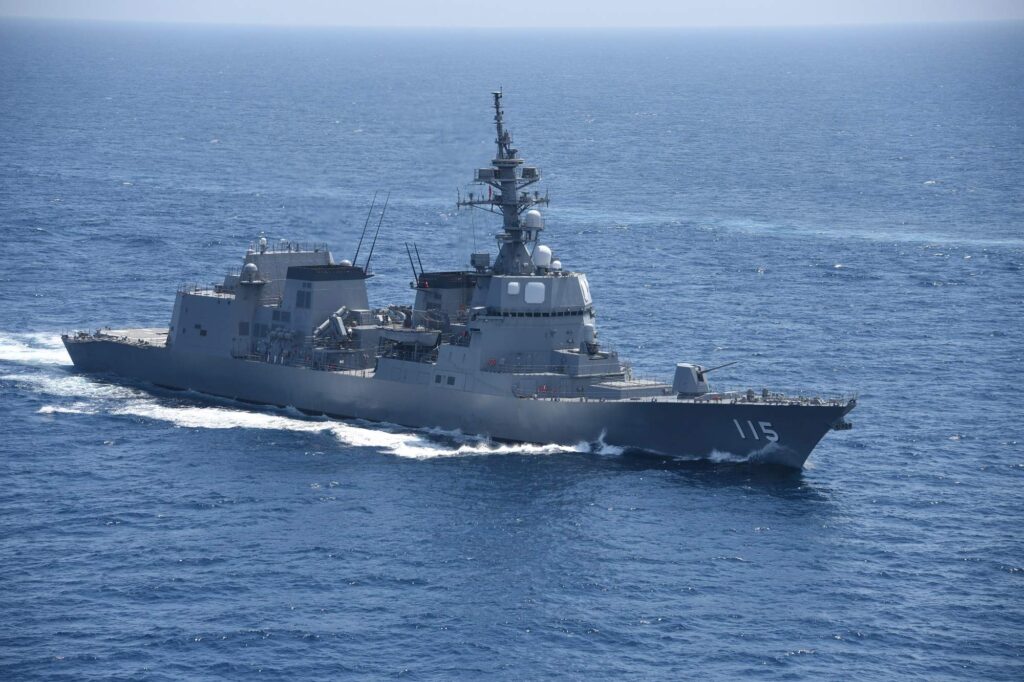 The Japanese Mini-Aegis “Akizuki-class” destroyer (photo: JMSDF)
The Japanese Mini-Aegis “Akizuki-class” destroyer (photo: JMSDF)
Such system not only contributes to simultaneous interception of air targets, but also the integration of each combat functions, ranging from air defense to anti-submarine warfare, leading to an overall improvement in response time.
Furthermore, with enhanced C4ISR capabilities and the “OYQ-11” Combat Direction System significantly reinforcing data-sharing abilities, the “Akizuki-class” is expected to perform an unprecedented level of interoperability with other JMSDF vessels and US forces.
Although the detection range is said to be 200km/125miles shorter than the actual Aegis destroyers and cannot match its simultaneous engagement capability of over twelve targets, the “Akizuki-class” is deemed capable enough to provide air-cover for other friendly vessels.
A total of four ships were constructed and each assigned to the four main fleets of the JMSDF mainly to protect the relatively vulnerable Helicopter Carriers and even the Aegis destroyers focusing on BMD tasks.
Basis For Next-Gen Destroyers
It is worth noting that the design standards and augmentations of the “Akizuki-class” became the benchmark for the succeeding destroyers, such as the anti-submarine specialist “Asahi-class” which resembles to an extent to be referred as a “quasi-sister” ship.
Since the JMSDF has recently shifted its focus towards mass-producing the multi-role “Mogami-class” frigates, the 5,000-ton “Akizuki-class” and her quasi-sister ships remain as the latest batch of destroyers, but the basic designs are anticipated to be adopted by the next-generation replacing the aging “Murasame-class”.
With the Aegis destroyers constantly being diverted to BMD tasks and the Aegis Ashore program ultimately scrapped, the importance of the “Akizuki-class” taking up the role of fleet air-defense has rather increased in recent years.



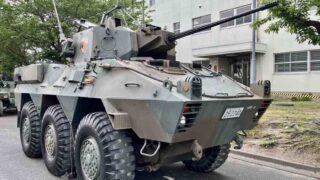
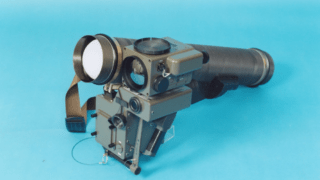
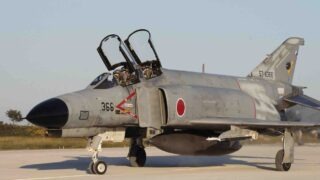
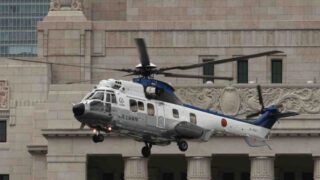
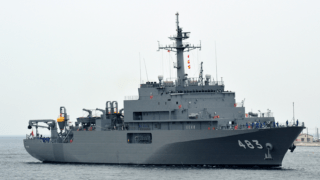
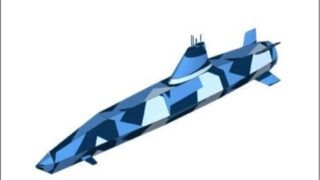
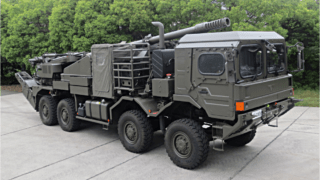
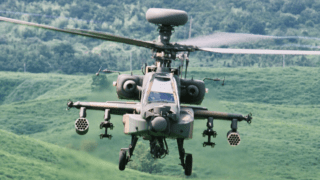
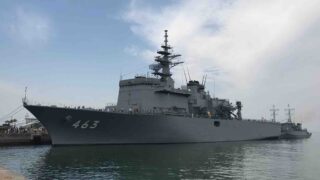
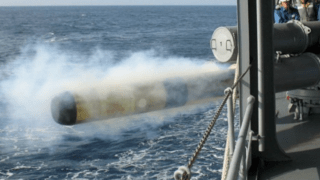

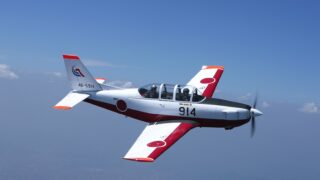
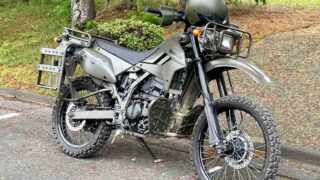
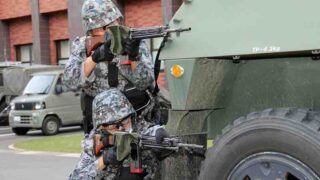
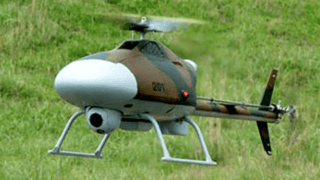
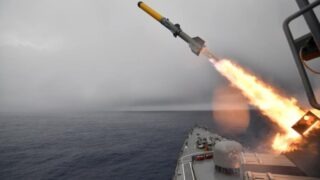
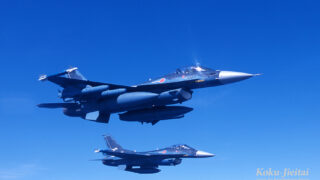
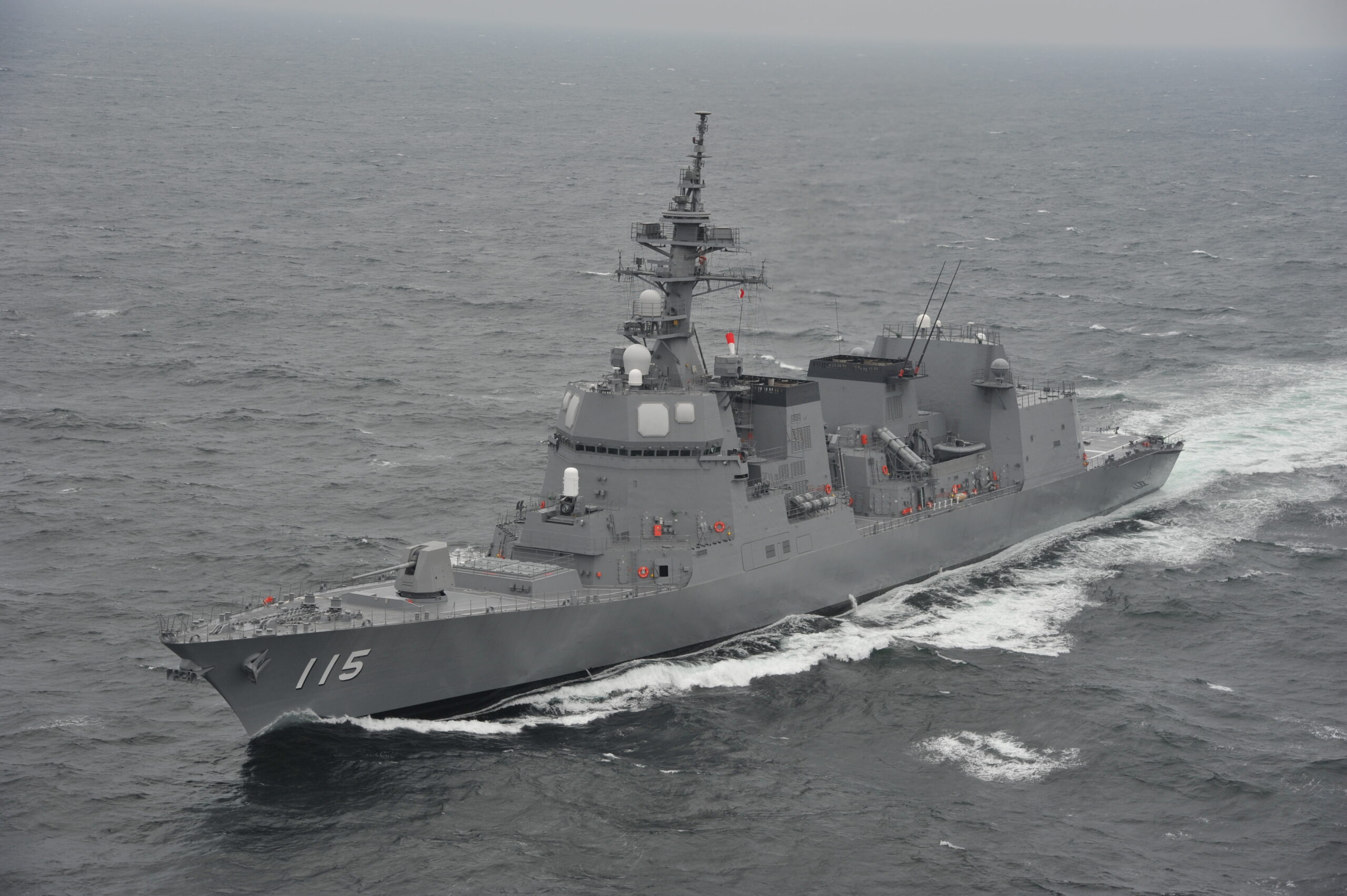
Comments